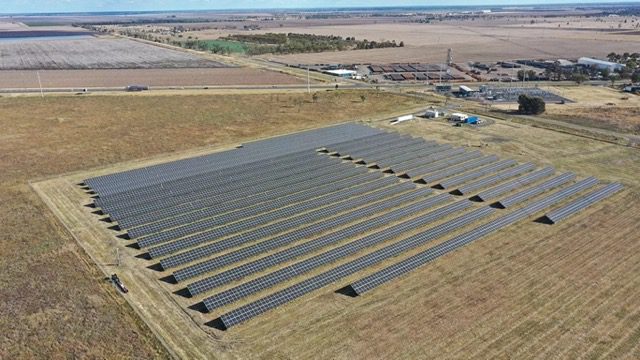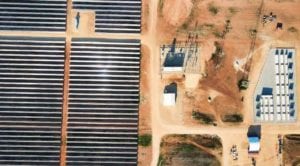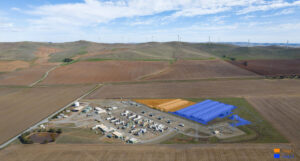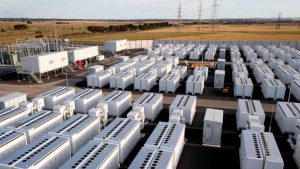Fotowatio Renewable Ventures (FRV) Australia is officially hitting ‘go’ on its first big battery project, the 100MW/200MWh Terang BESS in south-west Victoria, after securing a huge round of funding last week.
The $1.2 billion whole-of-portfolio refinancing included cash to build the battery, which is already under early construction works near the town of Terang.
The project was originally launched in 2022 after being promised a $7 million grant from the state government’s Energy Innovation Fund to also install grid forming inverters alongside the battery energy storage system (BESS).
FRV bought the project from Ace Energy in 2021, around the same time as it bought plans for another big battery nearby – the Gnarwarre project.
Saudi- and Canada-backed FRV Australia sealed connection agreements with AusNet earlier this year, and has signed up Canadian Solar’s e-Storage technology to build the battery.
“Getting our first large-scale battery to financial close is a major achievement for FRV Australia,” says FRV Australia CEO Carlo Frigerio.
“This project shows our commitment to different renewable energy technologies and strengthens our place in the renewable energy sector. It paves the way for future innovations and growth in our portfolio.
The new BESS is not far from another proposed FRV Australia battery, the 250MW/500MWh Gnarwarre project which has conditional funding under ARENA’s Large Scale Battery Storage Round.
The company says it will start construction on this one “soon”.
FRV Australia has a portfolio containing almost 1 gigawatt (GW) of solar and 102.5MW / 205MWh of batteries including six operational solar farms, a hybrid solar and BESS project, the Terang BESS in Victoria, and the Walla Walla solar farm under construction in NSW.
The company switched on a small solar/battery hybrid project in Dalby, Queensland, a 2.45 megawatt (MW) solar farm and 2.54 MW/5MWh battery that was one of the first true “hybrid” projects in Australia.
It is also working on a larger solar and battery hybrid at Ravenswood project, with a possible connection capacity of 96 MW.










